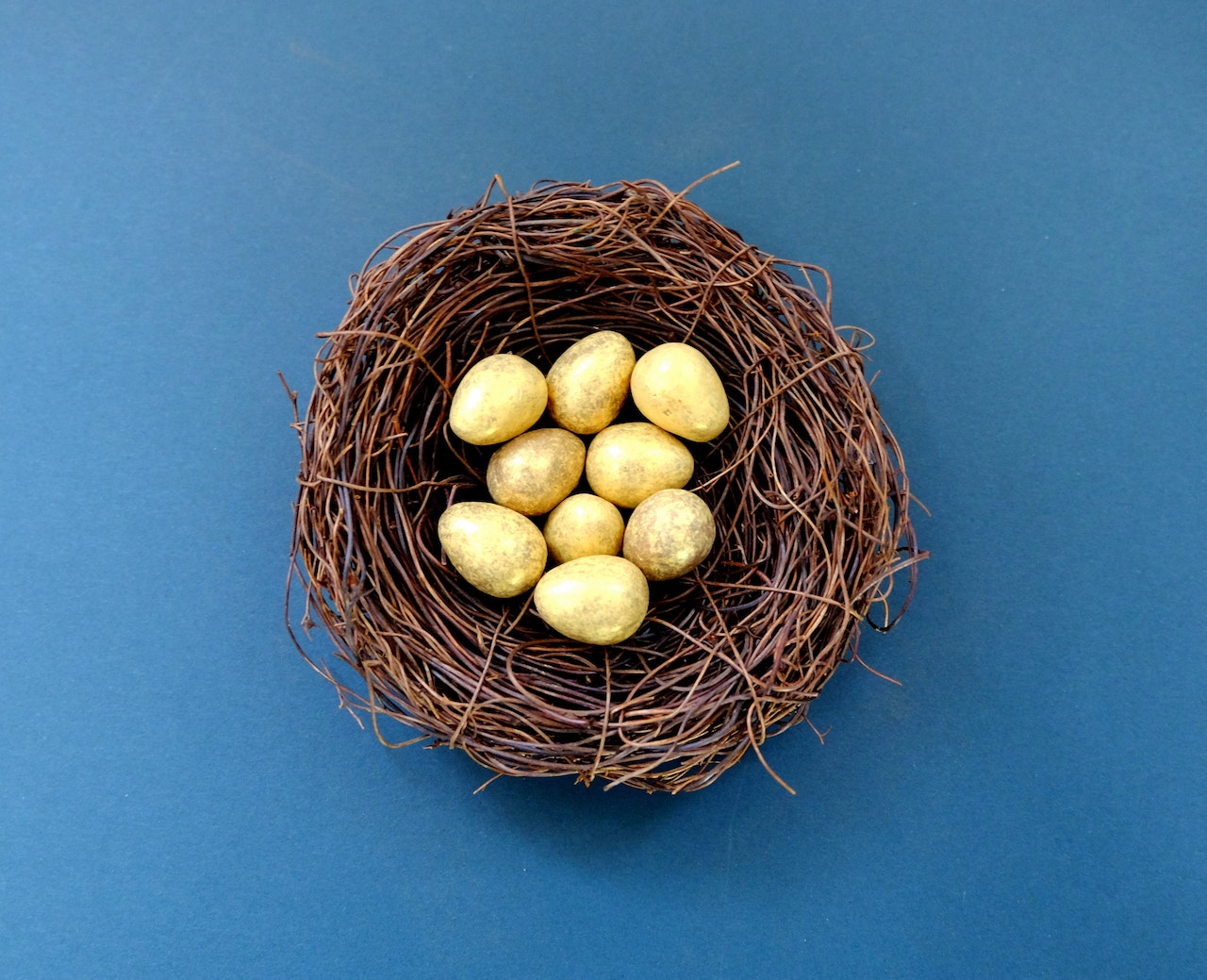Content marketing has endless benefits—from driving traffic and generating leads to building trust...
How to be a LinkedIn pro like Ryan Reynolds
There was a time, not so long ago, when LinkedIn was mostly seen as the social media platform for professional over-sharers (awkward), braggarts (proper cringe), white-collar city types looking for the next step up (pushy), and trawling recruiters (creepy).
It was show-offish, sure, but also quite boring. “Facebook for suits”, they called it. Except, it wasn’t. It was like a dull networking event where you put yourself out there only to be cornered with an empty glass by the guy with halitosis in a bad brown suit droning on about his business acumen.
Then Covid happened. And, maybe unrelated yet relevant, a lot of emoting came to LinkedIn. There was a change of tone, with an outpouring of motivational musings and mundane updates and childhood backstories and, heavens forbid, a smidgeon of humour.
Enter the stars, notably Jennifer Lopez (just one endorsement for acting skills—seriously?), Shaquille O’Neal (the only current or former NBA player to hold three degrees: a bachelor’s, a master’s, and a doctorate), and “part-time actor, business owner” Ryan Reynolds describing himself in typical LinkedIn speak as having a “proven track record” and “delivering consistent results”. Reynolds has 2.52 million followers on LinkedIn. The Deadpool star, also co-owner of the breakout Welsh team Wrexham AFC, writes: “My skills include writing, re-writing, tweeting, mixing cocktails, backend engineering for software platforms and watching lower-tier Welsh football matches. Proficiency ranges from excellent to absolutely awful.”
More professionalism, less glamour and strife
For actors, entertainers, and sports stars, LinkedIn is a platform to showcase serious business skills but without the hard sell – a quality that has also made it increasingly popular with business-to-business owners who are tired of being ‘sold to’.
Fun fact: LinkedIn claims to be the world’s largest professional service with more than 930 million members in over 200 countries and regions.
While 61 million people use LinkedIn each week to search for jobs, it is the platform of choice for businesses to tell their brand stories and build professional networks. Over 61 million companies are listed on LinkedIn.
“It’s about people and relationships. It’s authenticity, credibility, and trust,” says Renier Lombard, managing director of FLANCE FDC Agency. Lombard helps businesses find funding partners by using LinkedIn personal brand strategies.
“LinkedIn is a platform to build an asset that has a high-quality following of decision makers and business owners. So, the majority of high-profile, high-net-worth individuals use LinkedIn. You won’t get a CEO browsing Instagram for services he needs. That’s where they trust LinkedIn, more than news even, because it’s coming from individuals. And it’s not someone who is paid to say something.”
Demi-Lee Hill, paid media manager at digital marketing and design agency Right on the Line, says people are attracted to LinkedIn because of the professionalism and lack of toxicity. “LinkedIn is still growing, with expanded features and wider functionalities. It has become a hub for professionals.”
So, no longer the dull networking event, then. And if it’s good enough for Ryan Reynolds …
Don’t be embarrassing
But there’s a catch. If you want to make the most of the transformed LinkedIn, you must stay up to date. And you can’t be a wilting wallflower or a bore. Avoid the cringe. (There are countless threads on other social media mocking terrible LinkedIn posts. Check out this one on Twitter, for example, for pointers on how NOT to do it.)
Firstly, and obviously, make sure your profile is professional. Unless you run a chain of tiki bars, the beach pic with a cocktail in hand is not great. Get a good headshot done, says Lombard. “You have to have credibility and social proof. Make sure you have a featured section and banners. As soon as someone does some research, they need to know exactly what you do. Treat it like a landing page.”
Then, you have to start posting. But expect your first 100 or so posts to be really bad, Lombard warns. The point is not to even look at engagement or reach but to “train this content engine of consistency”. And while you shouldn’t take yourself too seriously, you should take the LinkedIn process seriously.
“Authentic, conscious leadership is very powerful now because we are bombarded with shouting and noise every single day,” says Lombard.
He advises his clients not to think narrowly of ROI.
“One connection can change your business and your whole life. It’s not about tens of thousands of followers. People think it’s like another digital channel where you can just put a campaign together, put some money behind it, and get leads. No. You have to be in it for the long haul. This is consistent building, connecting, and engaging every day.”
Lombard has been consistent on LinkedIn for about five years. He says he’s never had to advertise but has a client waiting list because he has built a good personal brand and network, often offering help and sharing advice for free.
“LinkedIn is not there for you to come and pillage and take what you can get from it. It’s a platform for what you can give. What education or advice can you offer? What experience can you share? Give people a reason to follow you and to become part of your network.”
That does not mean pushing sickly sweet platitudes – not everything is a ‘life lesson’. Lombards says he asks his clients to share reality rather than just the ‘highlight reel’ of success – chronicling hurdles and failures shows transparency.
“Building a business is messy as hell. There is dust everywhere. You can't see two feet in front of you. It's chaos. Show that.”
Find your inner human
For a good LinkedIn strategy, you must know what your goal is with your page. But whether it is mainly lead generation, recruiting, or networking, there is no point if only your cat knows your page exists.
Hill emphasises that you build your LinkedIn brand through good, continuous storytelling, sharing information, and engaging with other companies and individuals.
“The platform is changing so quickly that you have to constantly learn. Some people hope to push out an ad and get leads straight away, but it doesn’t work like that,” says Hill.
The marketing basics can still apply, she stresses. Have you identified your top-of-funnel and middle-to-bottom funnel? What are your pain points? Who are you talking to? What do their lives look like?
“If you understand your audience, LinkedIn can be your best friend in getting your message out, especially for B2Bs.”
How often and how much you post depends on your industry – and how much you have to say. (Think about the guy with halitosis droning on. It is as off-putting online as in real life, but whereas it may be impossible to escape him at a corporate event, people will only scroll past while he warbles into a virtual void.)
Three to four posts a week are enough, Hill says, but they have to be meaningful and grab attention. Mix up videos, ads, thought leadership posts, and newsletters. As always, it’s quality over quantity. Don’t post your supercar. Or a minute-by-minute account of your early morning routine. Or politics or religion if that’s not what you’re selling. (LinkedIn’s attraction is the lack of feuding and nastiness.)
Building a strong LinkedIn brand takes hard work, time, and thought. And it is not only about brilliant posts, but about interacting and commenting. When you engage, Lombard explains, your name and tagline appear, attracting back traffic. “You can piggyback on someone's content and following. So, if you see someone popular with thousands of followers, and you're one of the first people to engage on their piece of content, their followers will see you. You're adding value for them. And if people see your comment as thoughtful and insightful, they will visit your profile.”
Beware of too much corporate and obvious marketing speak, though. Or being too contrived. Sound human, without the cringe. Like Ryan Reynolds.





Blog comments